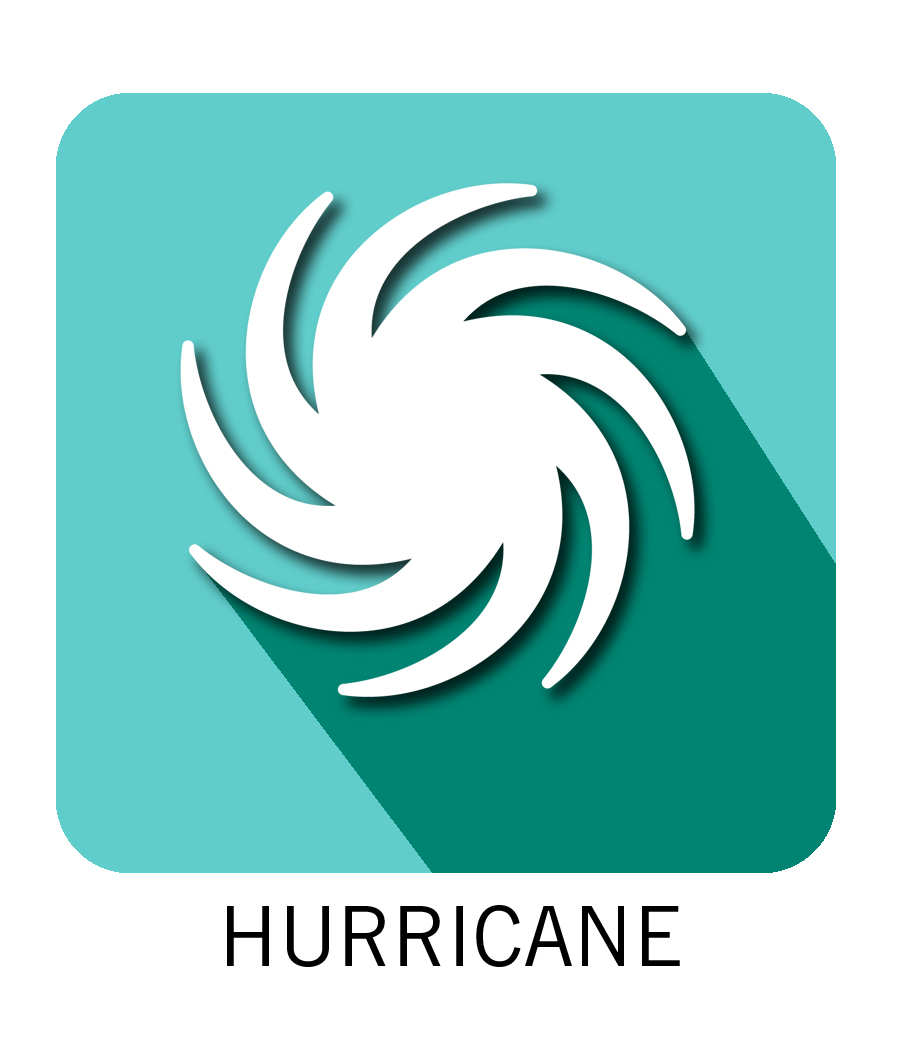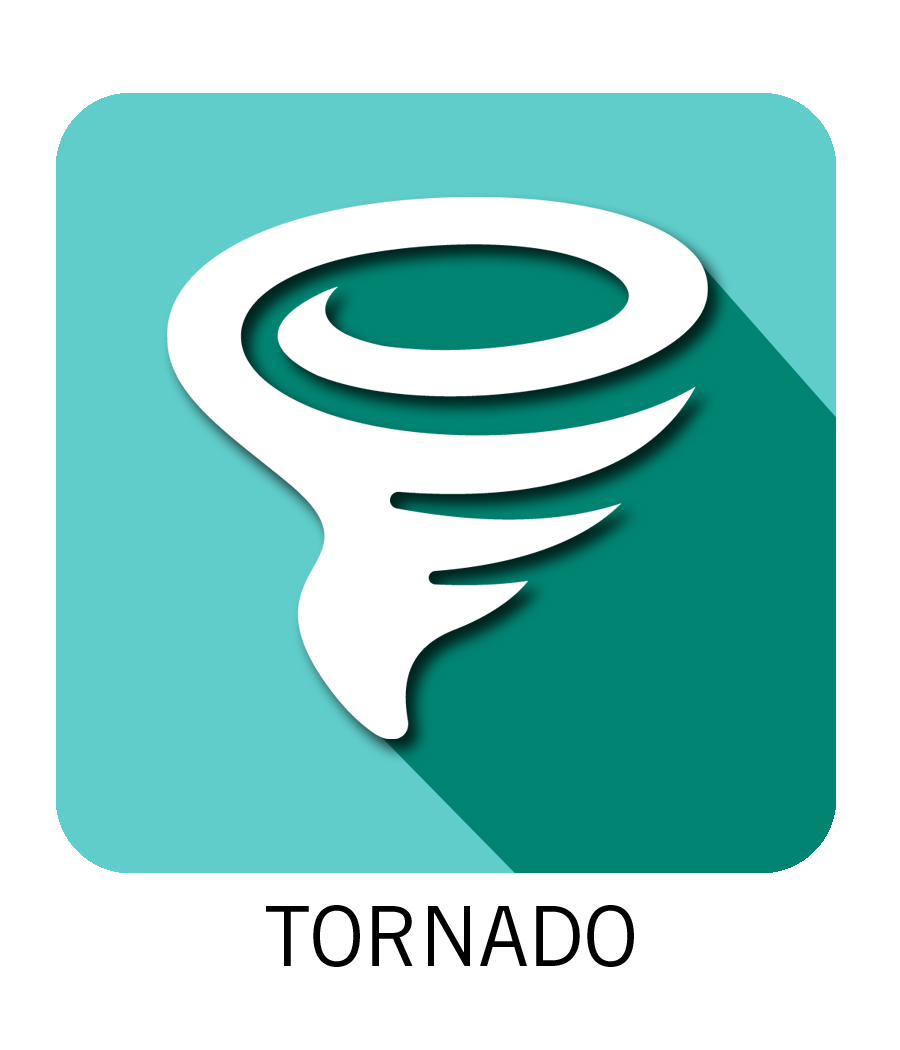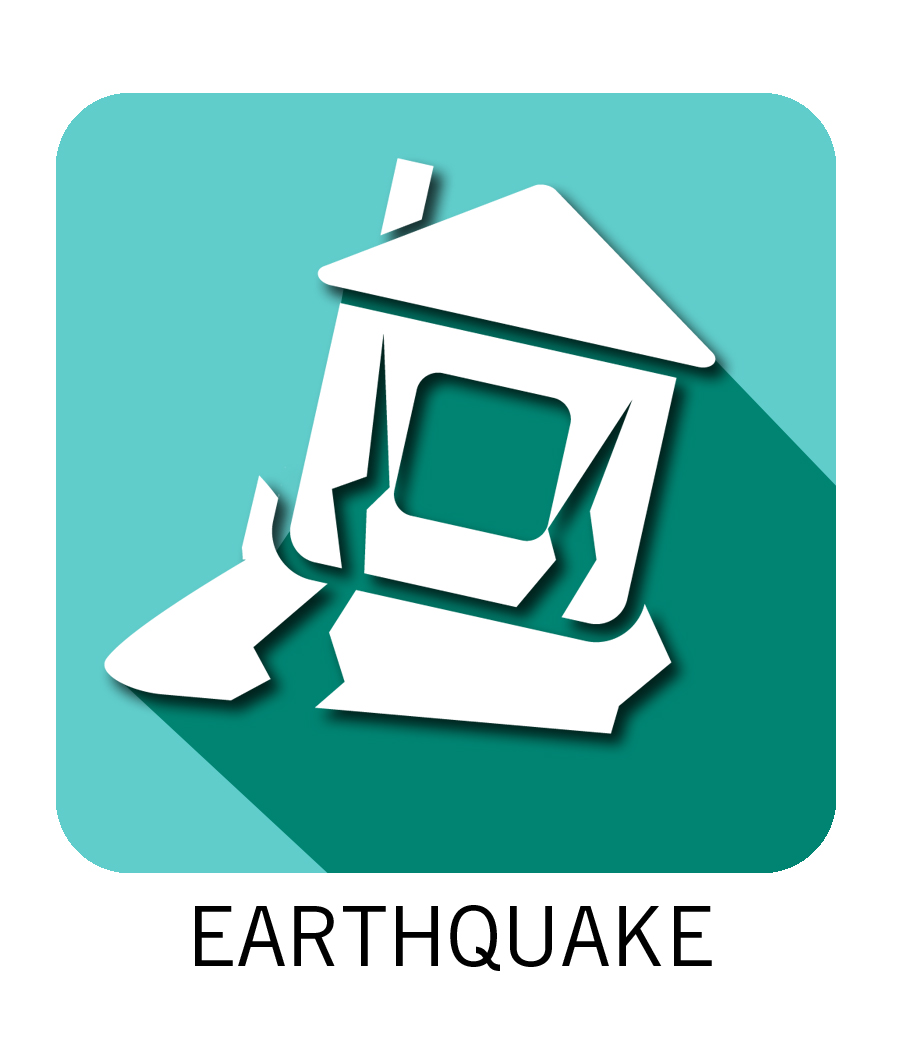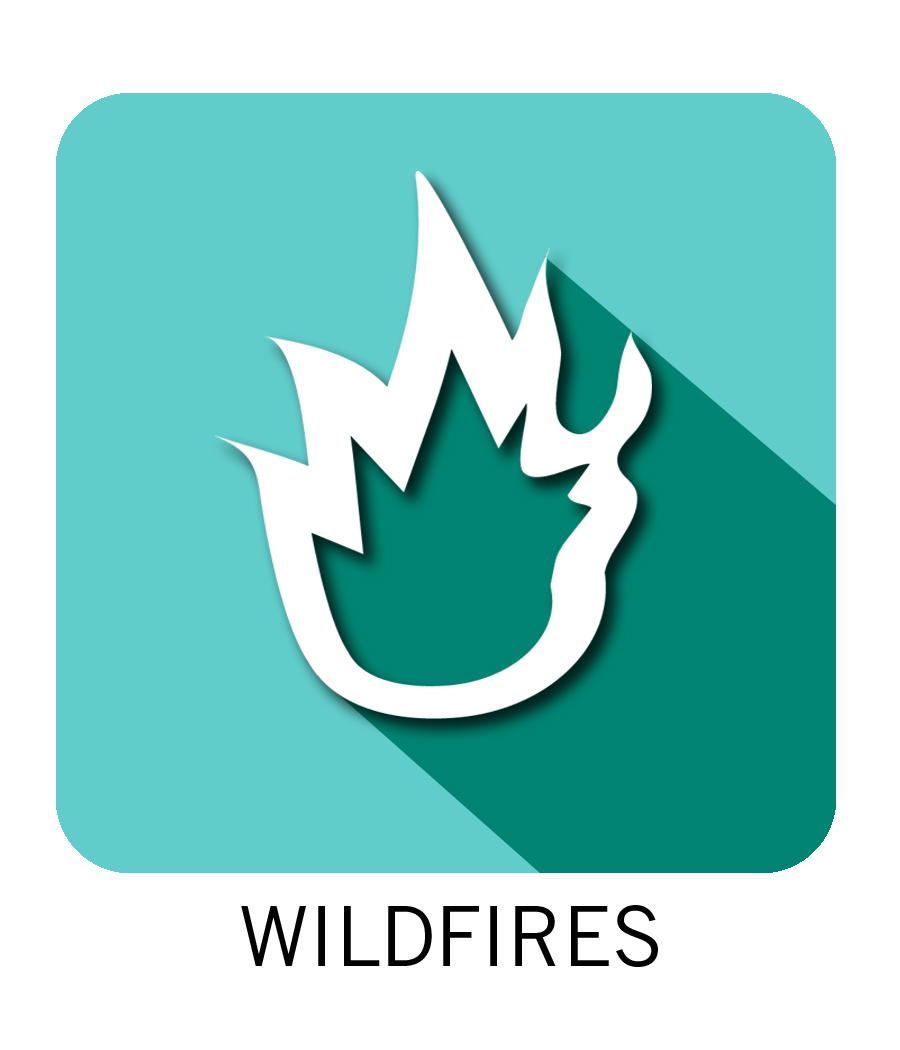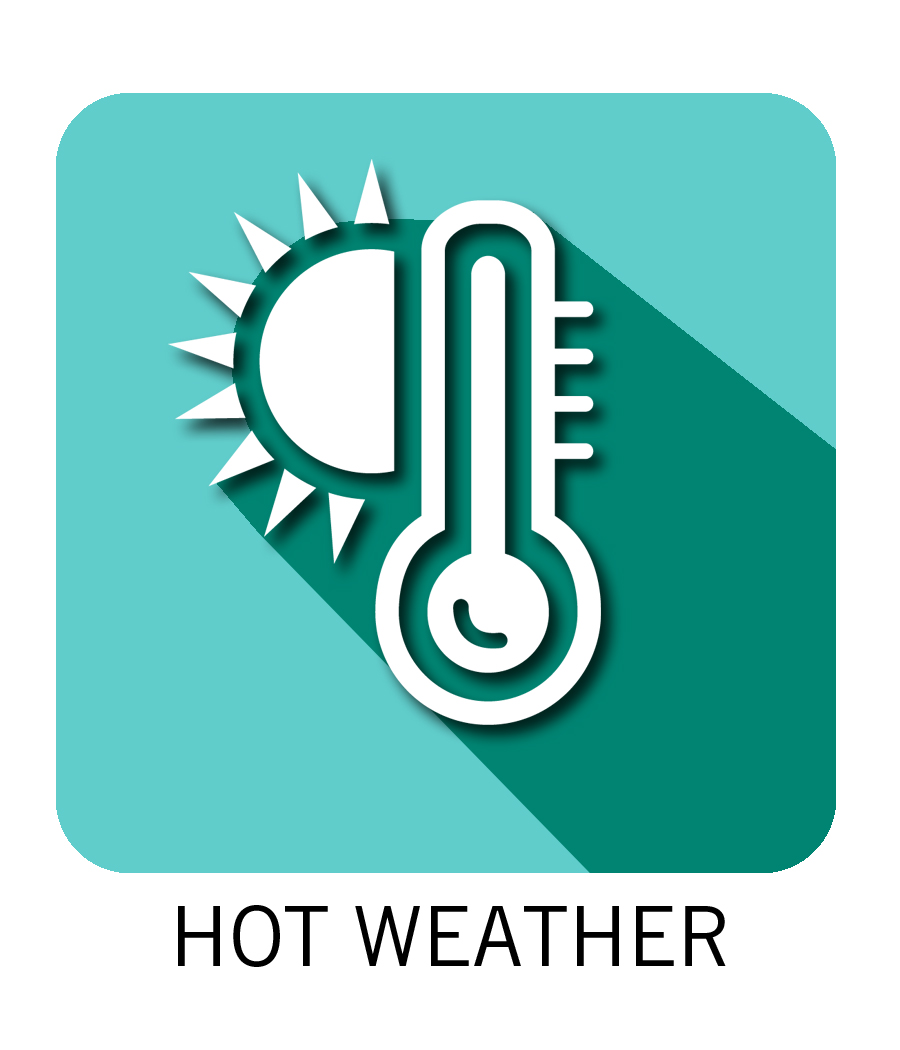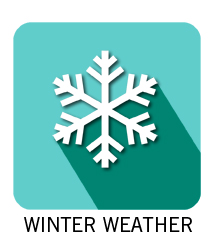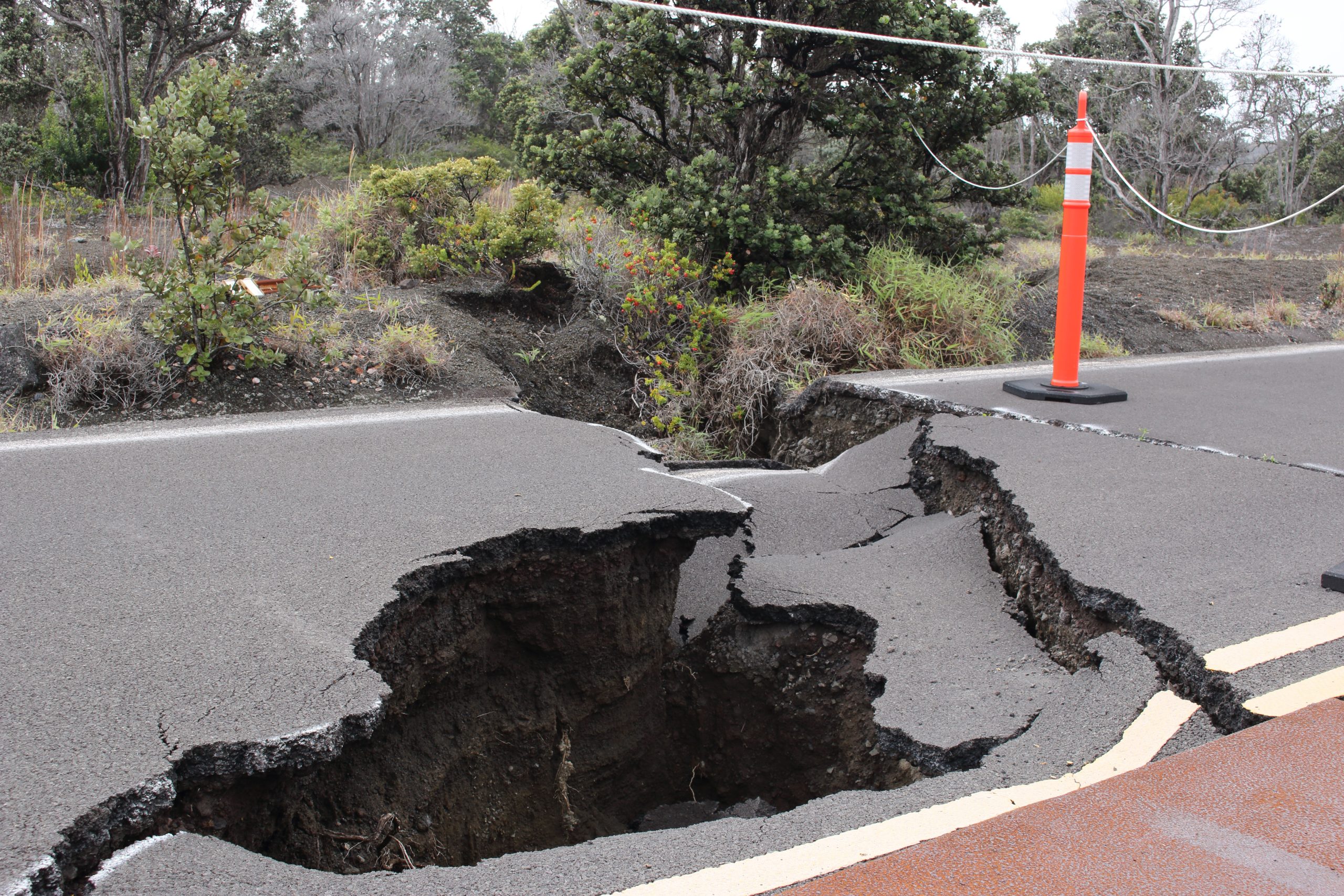
Earthquake
No one knows when an earthquake will hit, and no one can prevent it from occurring, but everyone can reduce the number of deaths, injuries, and property losses it might cause by preparing. Being self-sufficient for 72 hours should be everyone’s goal.
Before the Earthquake
Assemble an emergency supply kit. Include the following supplies:
-
- Nonperishable food and drinking water (one gallon per person, per day, three-day minimum)
- Foods for people with special needs (infants, seniors)
- Additional food, and water for pets
- First aid kit and special medications
- Flashlights
- Battery operated radios
- Extra batteries
- Sturdy shoes, extra clothing, blankets
- Emergency cash
- Adjustable wrench and other tools
- Whistle
- Manual can opener
- Choose an out-of-state contact.
Reduce hazards:
-
- Check the chimney, roof, and foundation.
- Bolt the house to the foundation.
- Brace water heater and other appliances.
- Secure hazards identified in hazard hunt.
- Place heavy and breakable objects on lower shelves.
- Hold practice drills.
- Learn first aid.
- Learn how and when to turn off utilities.
During the Earthquake
-
- Drop to the ground, take cover under a sturdy table or another piece of furniture and hold on firmly until the shaking stops.
- Avoid windows, outside walls, hanging objects, mirrors, tall furniture, large appliances, and cabinets filled with heavy objects.
- Do not try to run out of the structure during strong shaking.
- Use a doorway as a shelter only if it is close to you and it is strongly supported.
- If no furniture is available, crouch in an inside corner of the building and cover your face and head with your arms.
- If you use a wheelchair, lock the wheels and cover your head.
- Do not use elevators.
- Be aware that aftershocks can occur after an earthquake.
- In the event of an injury or life-threatening situation, contact 911 immediately and notify your manager or someone else in management.
- Wait for instruction from local authorities before exiting your residence to ensure it is safe to leave.
- If an evacuation is required, please refer to “Evacuation” information for guidance.
If you’re outdoors,
-
- Find an open area. Avoid trees, buildings, walls, and power lines.
- If you’re driving, pull to the side of the road and stop. Avoid overpasses, signs, and other hazards. Stay in the car until the shaking stops.
- Use the phone only if there’s an immediate, life-threatening emergency.
- Check your house for damage.
- Listen to the radio for information and instructions.
- Avoid unnecessary driving.
- Leave a written message indicating where you are and your physical condition if you evacuate your home, workplace, or car.
